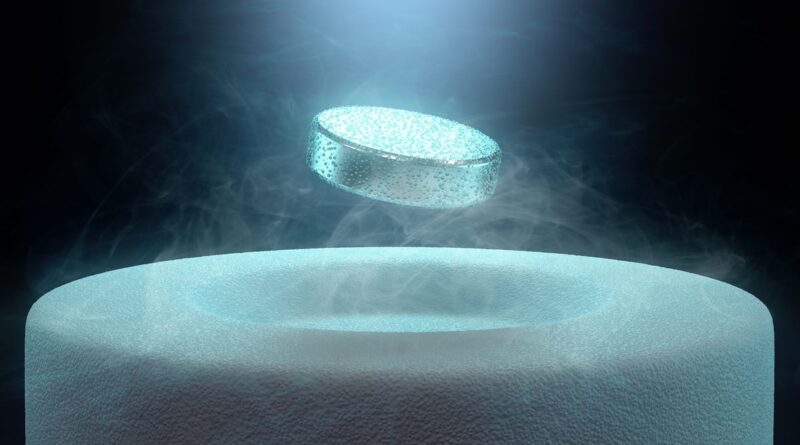Physicists discover superconductor behavior at temperatures previously thought ‘impossible’
Scientists have found an important method needed for superconductivity which occurs at higher temperatures than previously thought. It may be a small but important step in the search for one of the “holy grails” of physics, a superconductor that works at room temperature.
The discovery, made in an unexpected material of an electronic device, reveals the electrons are bonded together at temperatures of up to 190 degrees Fahrenheit (minus 123 degrees Celsius) – one of the secret ingredients of the lossless flow. of electricity in a very cold superconducting medium. tools.
Until now, physicists have been puzzled as to why this happens. But understanding it could help them find room-temperature superconductors. The researchers published their findings on Aug. 15 in the newspaper Science.
“Electron pairs tell us they’re ready to be superconducting, but there’s something holding them back,” co-author. I’m Jun Xugraduate student in applied physics at Stanford University, said in a statement. “If we can find a new way to connect the pairs, we can use that to build high-temperature superconductors.”
Superconductivity arises from the currents that remain after the excitation of electrons as they move through the material. When the temperatures are low enough, these waves are attracted to the nuclei of atoms, and cause a slight decrease in the attraction of the second electron to the first.
Normally, two negative charges should be dismissed. But instead, a strange thing happens: the electrons are bound to form a “Cooper pair.”
Related: Room-temperature superconductors: Insights into the “holy grail” of physics
Cooper pairs follow the opposite quantum mechanics laws than just electrons. Instead of accumulating outwards in energy shells, they act as particles of light, an unlimited number of which can occupy the same space in space at the same time. If these Cooper pairs are sufficient throughout the material, they become a superfluid, which flows without loss of energy due to electrical resistance.
The first superconductors, discovered by the Dutch physicist Heike Kamerlingh Onnes in 1911, passed this zero point of electric resistance at incredibly cold temperatures – close. a full note (minus 459.67 F, or minus 273.15 C). However, in 1986, physicists discovered a material made of copper, called cuprate, which becomes a superconductor at temperatures very warm (but still very cold) minus 211 F (minus 135 C) .
Physicists hoped that this discovery would lead them to room temperature superconductors. However, the understanding of why cuprates exhibit their unusual behavior has declined, and in the past year, viral claims of thermally efficient superconductors of the room were gone allegations of false data and disappointed.
In order to research further, the scientists behind the new research turned to a cuprate known as neodymium cerium copper oxide. This high-temperature superconducting property is almost as low as minus 414.67 F (minus 248 C), so scientists have not bothered to study much. But when the researchers shined ultraviolet light on it they saw something strange.
Often, when packets of light, or photons, strike a cathode with unpaired electrons, the photon gives the electrons enough energy to eject the material, causing it to lose a lot of energy. . But the electrons in the Cooper pairs can resist photo repulsion, causing the material to lose only a small amount of energy.
Despite its zero resistance level that only occurs at very low temperatures, the researchers found that the energy gap continues in the new material up to 150 K, and that the coupling was, surprisingly, it is the strongest of the best samples to resist electric current. now.
This means that, although the cup may not have the potential to reach high room temperature, it may have access points that can.
“What we found opens a new possible path. We plan to study this coupling gap in the future to help engineer superconductors using new methods,” the senior author. Zhi-Xun Shenphysics professor at Stanford, said in the statement. “On the one hand, we plan to use the same experimental methods to gain more insight into this inconsistent state of coupling. On the other hand, we want to find ways to use these tools to perhaps force pairs these that do not agree to agree.”
#Physicists #discover #superconductor #behavior #temperatures #previously #thought #impossible
